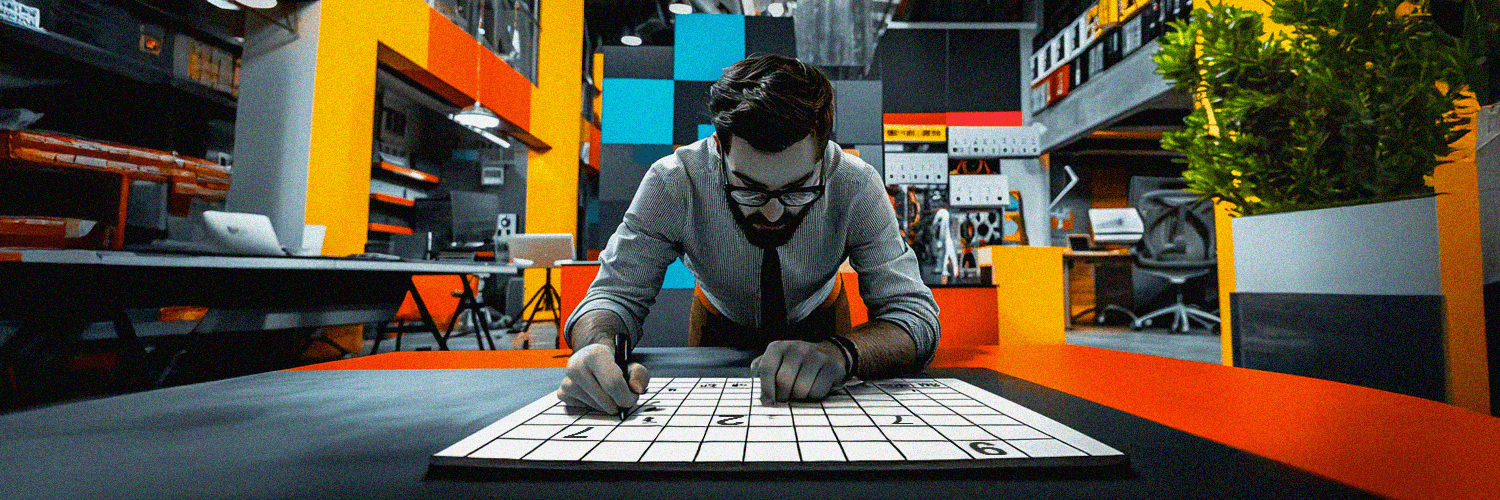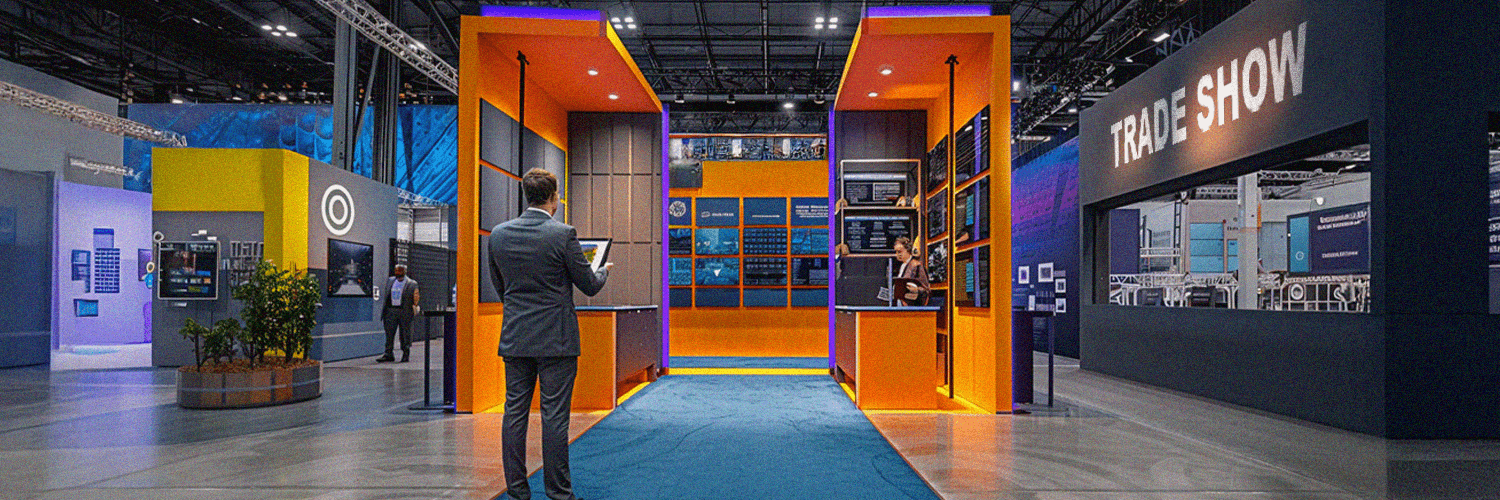How well does your workplace help your employees do their best job?
Does it boost engagement and productivity? And drive innovation?
How can you assess that?
In other words, how do you benchmark your workplace performance?
Do you use the productivity rate as a metric?
Or maybe the… financial outcome?
Are these 2 metrics enough today, when work can happen… anywhere, everywhere?
Time to get you some answers...
In this article you’ll learn:
- What is today’s definition of workplace performance
- What are the key factors influencing its success
- How you can improve your workplace performance
Let’s dive right in.
TL;DR:
- Today's workplace performance is measured by the effectiveness of the workspace and the employees' experience in that space.
- Workplace performance is shaped by workspace design, technology, culture, and flexibility.
- Improving workplace performance calls for strategies like optimizing workspace layout, incorporating ergonomic furniture, ensuring proper lighting and ventilation, and fostering a positive work culture.
- You’ll want to rely on workplace technology to improve performance at work: automation, advanced analytics, and employee-friendly tech to enhance productivity and workplace experience.
- Expect data-driven insights, continuous feedback systems, well-being metrics, and adaptable performance management systems to shape the future of workplace performance management.

Defining Workplace Performance
What is workplace performance more exactly?
Workplace performance is how effectively and efficiently employees get their job done in a given work environment.
And it’s influenced by factors like:
- individual skills
- teamwork
- resource use
- the overall workplace experience: how employees feel in that physical workspace.
In other words, workplace performance is the average of two scores, according to this Global Workplace Survey:
- the effectiveness of the workspace itself in helping employees do their best job
- the employees’ experience: how they feel about that workspace
If the “effectiveness score” measures factors like layout, function, proximity, and availability, the “workplace experience score” evaluates factors like:
- Experiencing beauty at work
- Feeling inspired at work
- Feeling valued
While evaluating workplace performance used to be all about the space's effectiveness – how well the workspace managed to support effective work – today that is no longer enough.
Today, workplace performance is defined by how the space design influences:
- the way employees work
- the way employees feel
… in the workplace.
In other words, people-centric performance metrics come into the picture when evaluating workplace performance.
But how exactly are the factors of space and experience influencing it?
Space and Experience: Two Factors Shaping Workplace Performance
Now that you know that there are two key metrics you’ll want to consider when evaluating your workplace performance, you might ask yourself:
“How exactly does each of them – the effectiveness of the workspace itself and employees’ emotional response to space – influence workplace performance?”
Here’s how:
An Effective Workspace…
… supports (effective and efficient) work.
It minimizes cognitive load and helps employees stay focused on their tasks and projects at hand.
In short, it boosts individual and team productivity and speeds up the decision-making process.
Moreover, the same survey has shown that the workspace in high-performing workplaces is a “cluster” of several work environments that employees get to choose from.
Depending on the activity they need to engage in.
They get to choose from spaces where they can recharge to spaces for doing deep work, to work spaces where they can have confidential 1-on-1’s with their project and team members.
To spaces for working together, in-person, with other colleagues to spaces for informal conversations.
A Great Workplace Experience…
… helps employees feel welcomed in that space.
It helps them enjoy it aesthetically, too: they feel it’s beautiful and it inspires new thinking.
And it makes them feel valued, engaged, and… motivated to outperform themselves.
It goes without saying that if you want to go from a good workplace to a great one, you’ll want to create a workplace that goes beyond (just) enabling employees to do their best work.
And to aim for designing a workplace that offers them quality experiences, too.

The Importance of Understanding Workplace Performance
If you want to design a high-performing workplace, that will drive all those benefits you’re going for – high(er) engagement, productivity, and innovation – you’ll need to know:
- What makes a high-performance workplace environment so you know what and how to measure
- What’s the level of performance in the workplace in your company today, so you know what to improve
Such a clear understanding of workplace performance helps you identify needs and opportunities to:
Boost Employee Performance and Productivity
Understanding how your workplace environment is currently impacting employees helps you pinpoint all the improvements you can make to the space itself to boost productivity. One way to assess the effectiveness of these changes is to measure employee performance over time.
Improvements like:
- focusing on elements that affect well-being: artificial light, noise level, lack of personal space… the presence/absence of greenery
- improving individual desk setups to boost efficiency and well-being (e.g. providing desks with drawers to avoid clutter, ergonomic chairs and standing desks)
- strategically updating the overall workspace design: create multiple types of spaces for employees to work in, depending on the tasks at hand, provide them more space to… move (and to better focus in), and optimize the color palette.
(Better) Align Workplace Design with Your Business Goals
Once you’ve assessed your current workplace performance level, you’re able to align, more effectively, your workspace design to your business goals.
Business goals like:
- Increasing revenue
- Boosting employee performance
- Improving employee retention and motivation
How?
- Integrating the right technology and providing easy access to it: video conferencing and interactive whiteboards, room booking tools, and apps that speed up operations.
- Setting up flexible and collaborative work areas (that will boost both individual productivity and team performance, too).
Reduce Operational Costs and Improve Efficiency in the Workplace
While assessing your workplace performance, it becomes clearer to you what are the opportunities for reducing costs.
And how you can make managing your office space more efficient.
Opportunities like:
- Adopting workplace technology for space optimization: from smart IoT sensors and workplace management tech that gives you access to valuable office space utilization data (e.g peak usage times and underused areas in your office)
- Implementing flexible workspaces: shared workspaces, remote work options, hot desking
- Investing in cost-effective office equipment and amenities: long-lasting furniture, ergonomic designs (to reduce costs with employee health), energy-saving devices, etc.
Foster a Positive Workplace Culture and Environment
According to the SHRM research, there are 5 key aspects that influence employee’s perception of their workplace culture:
- Equitable leadership practices
- Career fulfillment
- Good manager communication
- Work/life integration
- Respectful workplace interactions
Understanding workplace performance allows you to focus on these critical areas responsible for a positive workplace culture.
And to put together your strategies to improve them:
- Encourage open dialogue between managers and their team members
- Promote work-life balance (have managers “walk the talk” through specific actions, like taking their own paid time off or making their own home life a priority)
- Invest in employee development and create career growth opportunities

Key Factors Influencing Workplace Performance
You can’t improve performance in the workplace if you don’t know exactly what’s shaping it in the first place.
What’s impacting it? Negatively and positively.
So, here are the first 4 factors you should be focusing your performance improvement strategies on:
Workspace Design
Because, yes, workplace design influences employees’ productivity.
Here are just some of the main elements of design responsible for their performance at work:
- The furniture itself: is it ergonomic or not? Is it adjustable or not?
- The lighting: is there a balance between natural and artificial light? Are employees exposed to enough natural light while in the office space? Are they able to control the amount of light coming in?
- The existence of quiet areas in the workplace: with a clear connection between the working environment and productivity, you’ll want to create these quiet rooms to match the workstyle of some of your employees and the specific tasks they might be working on at some point
… tasks that require full privacy (e.g. confidential discussions between employees working on the same project) and focus.
Workplace Tools and Technology
Because (the right) workplace technology enhances work productivity.
Here are just some examples:
- Automation tools free employees from manual, mundane, and repetitive tasks and helps them get their work done more quickly. And to gain more time to do more creative work instead.
- Accessible work tools give them quick and easy access to work tools from the cloud, so they can work on their tasks from anywhere.
- Collaboration and communication tools boost team performance as they streamline task management between team/project members, help them stay connected, and communicate with ease. Preventing any bottlenecks that might cause timeline delays.
- Booking tools for workspace resources (meeting rooms, desks, parking lots, quiet rooms, etc.) speed up work and enhance team collaboration.
Workplace Culture
A supportive, inclusive culture promotes collaboration, motivation, and employee well-being.
How your employees feel at work influences how they work.
And a workplace culture that:
- promotes employee well-being and collaboration
- makes them feel valued and motivated
- encourages them to come up with innovative solutions
… will have a huge impact on the workplace performance itself.
Flexibility at Work
Employees who are and feel in control of their work (work processes, work schedules, tasks) will perform better.
In this respect, implementing flexible work arrangements, flexible hours, and remote work options will help you get closer to your workplace performance goals.

Strategies to Improve Workplace Performance
Now that we’ve focused on the Why (.... it’s important to understand your workplace performance), on the What (... are the factors influencing it), it’s time we focused on the How, too.
How can you improve performance in the workplace?
Here are 8 strategies you’ll want to start implementing today, grouped by the 2 key factors impacting workplace performance: (work) space and (workplace) experience.
Space
Optimize Your Workspace Layout for Productivity
Note! Creating a workspace setting optimized for productivity does not mean (just) moving around tables and chairs.
Because workspace layout is not all about workspace configuration.
You’ll want to consider all the environmental elements that influence employees' mood and health.
Like noise, color, light, the presence of art, and greenery.
Here are some specific examples of workplace layout optimization actions you can take:
- Make sure you don’t overdo the physical layout: too many environmental elements will only distract your employees from their work
- Paint the walls using those colors that boost moods and enhance productivity
- Keep noise under control with soundproof workstations, nose-concealing handphones for your employees, or rooms designated for brainstorming sessions
Incorporate Ergonomic Furniture
Improve the ergonomics of your workspace.
As this will:
- boost employees’ productivity and efficiency at work
- boost their motivation and engagement: your care for their health will make them feel valued and… respected
Prioritize Proper Lighting and Ventilation
Strive to keep a healthy balance between natural and artificial lightning.
Also, you’ll want to incorporate light-filtering window treatments. Adjustable ones, that employees can control themselves.
As for ventilation, it goes without saying that proper ventilation systems – that ensure fresh air circulation – are a must for a workplace optimized for health and well-being.
2 key factors that influence, greatly, employees’ level of productivity at work.
Create Areas for Collaboration
This way, you’ll enhance team productivity, too.
These spaces designated specifically for teamwork, collaboration, and brainstorming:
- won’t distract employees not involved in these collaborative work sessions
- streamline teamwork and project collaboration
Experience
Foster a Positive Work Culture
“What does a positive work culture look like, more exactly?” you might ask yourself.
Here are some of its key characteristics:
- It takes shape in a work environment focused on trust and openness: where employees are encouraged to practice emotional openness
- It flourishes in an environment of psychological safety and respect for the employee
- It grows on a ground of clearly defined purpose, defined values, and actionable steps: this sets clear expectations and a clear trajectory for employees to follow (and predictability is always a sign of a positive work culture)
- It’s solid proof that teams and employees collaborate – openly and effectively – in that workplace. That they feel safe to exchange ideas, learn from one another, and grow together.
Implement Flexible Work Arrangements
What does work flexibility look like in practice?
Here are a few real-life scenarios:
- Employees are free to choose from hybrid and remote work options
- They’re given flexible work hours
- … or the option of a compressed workweek
- Employees are given unlimited PTO: they can take as much personal time as they need once they’ve completed their work
Encourage Open Communication and Feedback
If employees feel encouraged to communicate – openly and transparently – to share their feedback, ideas, and concerts, if they feel and see that they’re being listened to, their level of motivation and engagement will increase.
And that translates into higher performance and boosted productivity.
Ensure the leadership team is (always) available to communicate openly with the team members.
And that you have open and transparent communication channels set in place within the organization.
… That project update meetings are being held regularly.
Encourage and Support Continuous Learning and Development
How?
- Grant employees access to conferences, special resources, and trainings
- Encourage them to set learning goals and put together tracking plans to monitor their progress
- Organize mentorship programs to help employees better deal with the challenges they face in their job roles and to better understand the industry as a whole
- Give them access to the right technology to support their learning; like an LMS (Learning Management System)

Technology's Role in Enhancing Workplace Performance
Now, you might hear and see this statement everywhere: technology enhances performance in the workplace.
And it will continue to do so at an even more accelerated pace.
So, you wonder: “how exactly?”
How do these workplace performance optimizations, made possible with the help of workplace technology – AI tools, advanced analytics, automation technologies – look like?
Here’s how:
- Device-agnostic technology – that makes it possible for those work software apps that your employees use to function on any device, be it a phone or a computer laptop – streamlines work operations and makes working on tasks, from anywhere, anytime, so much smoother
- Office spaces incorporating home tech features for employees’ comfort boost their mood, well-being, and… work efficiency
- Automation technologies take manual, repetitive tasks off employees’ shoulders, freeing up more time for more… strategic work activities.
And a workplace experience platform like YAROOMS, tackles both dimensions of workplace performance – space and experience:
- With advanced workplace analytics at hand, you get the data and insights you need to optimize your workspace layout for higher performance. While the room and office resource booking tools enable your employees to plan their days at the office from A to Z: from booking their parking lots to booking their favorite “zen space” or that desk that allows them to sit next to their favorite colleagues.
- With mobile accessibility, ease of use, and the level of autonomy and flexibility it provides your employees with, YAROOMS influences their overall workplace experience: they can make and manage their bookings on the go, get the visibility into room availability they need to find and book the spaces they prefer quickly and easily, synchronize their schedules with their team/project members, avoid the risk of double booking…
Future Trends in Workplace Performance Management
There are (at least) 4 major trends you should expect to shape the future of workplace performance management:
1. Data-driven insights – provided by AI and advanced analytics – will be central for gaining a deeper understanding of employees’ performance and potential.
2. Continuous feedback systems will replace the standard “annual reviews”, shaping a more dynamic, constantly evolving work environment.
3. Evaluating the experience dimension of workplace performance – with the integration of well-being metrics – will become the norm.
4. More employee-centric, adaptable, and efficient performance management systems in the workplace will emerge.
With hybrid and remote work models creating new performance metrics.
Wrapping Up: Building a Sustained High-Performance Workplace
… calls for a holistic approach:
- You’ll want to enhance the workspace so that it supports efficient and creative work: prioritizing ergonomic design, creating different spaces for different work activities.
- You’ll also want to improve the workplace experience: offering flexible work arrangements, creating a positive work culture
And you’ll also want to use (the right) workplace technology to measure and constantly improve these two dimensions of workplace performance.












